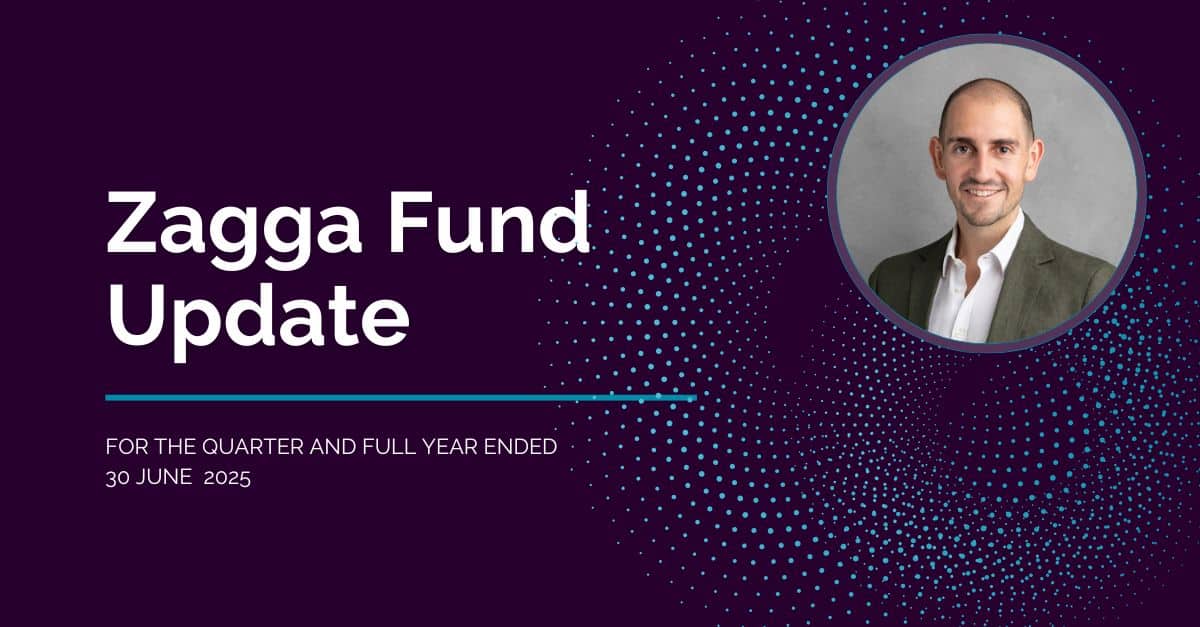Commercial Real Estate Debt (CRED) plays a pivotal role in the world of real estate investment. It’s a financial instrument that allows investors to participate in the property market through debt financing. This comprehensive guide aims to demystify the concept of CRED, diving into its mechanics, advantages, risks, and future outlook.
How Does Commercial Real Estate Debt Work?
Commercial Real Estate Debt involves financing the purchase, development, or refinancing of commercial properties.
Investors provide funds to borrowers (property developers or owners) in exchange for regular interest payments and the eventual repayment of the principal amount.
The property itself often serves as collateral, providing security to lenders in case of default.

A Positive Outlook for CRED
1. Direction of the Market
Presently, the commercial real estate debt (CRED) market is undergoing a convergence of market forces that, in our view, have created attractive opportunities for investments in the short term. The CRED market is estimated at $450 billion and growing at approximately 2% to 5% per annum underpinned by attractive fundamentals centred on urbanisation and population expansion such as:
- undersupply of property and housing fuel ongoing demand
- population growth through a surge in immigration to 2030
- growth of e-commerce has led to increased demand for new, larger warehouse facilities .
Adding to this, we are seeing a decreasing availability of debt financing by traditional lenders as ongoing regulation and compliance requirements has created structural dislocation in the lending capacity and practises of the major banks.
2. Advantages of Debt Over Equity
CRED offer a number of advantages over equity investing, particularly in inflationary, or volatile, economic conditions.
i. Security
Arguably the biggest advantage of commercial real estate debt (CRED) over commercial real estate equity is security. In a CRED transaction, all underlying loans are secured by real property asset (e.g. the development site, commercial building or apartment block or warehouse). This helps to manage risk.
Compared to commercial real estate equity (such as Australian Real Estate Investment Trusts (A-REITs and direct ownership), CRED ranks higher in the capital structure and is secured by the real property mortgage security. As such, debt investments sit lower on the risk-return scale than compared to equities. This is because debt investors take priority over equity investors in the event of the loan defaulting.
First-mortgage secured debt has first security ranking over property, meaning it gets repaid first from the sale of the asset. However equity – meaning property ownership and the most traditional form of real estate investing – is repaid last after all debt investments.
ii. Regular Income
Commercial real estate debt (CRED) offers a source of regular and predictable income, particularly during times of market volatility. Unlike traditional equity investments, such as stocks and shares where the dividends are discretionary and dependent on the company’s cashflows, CRED provides investors with a consistent stream of income in the form of interest payments. This stability stems from the fact that debt investments are secured by tangible assets, such as office buildings, retail spaces, or industrial warehouses. The interest payments made by borrowers through the life of the loan are passed on to the CRED investors in the form of monthly distributions, offering a steady cash flow for the investors. This income predictability can make CRED an attractive fixed-income style, alternative real estate investment option for investors seeking capital preservation and a hedge against inflation.
The Key Benefits of Investing in CRED
Investors can reap benefits through incorporating CRED as part of their investment portfolio:
1. Attractive Returns Through Regular Income: CRED offers a consistent stream of interest income, continues to perform during periods of economic downturn and serves as a shelter from inflation.
2. Portfolio Diversification: CRED enables diversification of investment portfolios beyond traditional asset classes. CRE debt is unique in that it can fit into three asset classes: fixed income, property, or alternatives. Including CRED can help diversify your portfolio across the capital structure, reducing risk. It may be suitable for investors looking for less capital volatility than equity.
3. Capital Preservation: All CRED loans are secured by real property mortgages giving the lender the right to sell the property if the borrower cannot repay the loan. Debt investors are repaid before equity investors. Also, because the loan is restricted to a certain percentage of the property value, the lender is protected by an equity buffer if the property does fall in value.
Other FAQs for investors
Risks of CRED
Investing in CRED can be a great option to diversify your portfolio. However, all investments carry risks. Different investment strategies may carry different levels of risk, depending on the assets acquired under the strategy. Understanding the risks involved is critical before deciding whether an investment in CRED is right for you and your objectives. Below is a look at the typical risks associated with private debt investments such as CRED.
Credit Risk
The risk of loss arising from the failure of a borrower to repay some or all of the money they owe.
Borrower Defaults
If a borrower defaults, there may be shortfalls where the sale proceeds of the security property are not sufficient to recover in full, the invested funds and costs incurred by the lender in enforcing or recovering the repayment of principal and interest under the relevant loan. There is a risk that an investor may not receive all of their monthly payments, could lose a portion or all of the principal amount they have invested to fund that particular loan and/or could potentially be required to contribute towards any shortfall.
Term of Investment and Liquidity Risk
Once you have agreed to invest funds in respect of a particular loan, you are committed to the investment for the full duration of the loan term, which can range from three months to two years, or more. Therefore, once exposed to a loan, your investment is essentially illiquid in nature. You may be unable to convert to cash, the portion of the principal component of a loan you agreed to fund. You must take this into consideration when deciding on what loan types will be suitable for you in light of your overall investment portfolio and needs.
We acknowledge the risks of investing to fund loans and have put in place many checks and controls to mitigate your exposure to risk. Thorough due diligence, expert guidance, and a comprehensive understanding of the investment are essential for managing these risks effectively. Read further here.
Future Trends and Outlook for CRED
Looking ahead to the future of the commercial real estate debt market, there are several encouraging factors that indicate a positive outlook. Notably, additional tailwinds are propelling the expansion of the CRE sector, with recent build-to-rent tax amendments fostering growth and investment. Furthermore, a robust and stable domestic economy, coupled with low unemployment rates, provides a solid foundation for market resilience. The stabilisation of interest rates bolsters investor confidence, while the recovery of Australian property prices signifies a rebound in market strength. The ongoing significant housing shortage, necessary to accommodate a growing population, ensures a sustained demand for new dwellings. Moreover, the government’s recent commitment to support housing development, aimed at increasing supply, aligns with the overarching optimism surrounding the CRE debt market’s future prospects.
Environmental, Social, and Governance (ESG) considerations are also gaining prominence, with investors and lenders increasingly focusing on sustainability and responsible practices, which could lead to innovative financing structures tied to ESG performance.
Alternative lending sources, like Zagga, continue to challenge traditional banking institutions, potentially reshaping the competitive landscape of commercial real estate debt markets.
FAQs
What is the Difference Between Real Estate Debt and Real Estate Equity?
When it comes to real estate or property investments, there are generally two approaches – debt and equity.
Debt investments involve lending money to someone else to buy, refinance or improve a property. Your income is generated through the regular interest repayments made by the borrower. Equity investments on the other hand involves buying a property – either outright or through a mortgage. With this type of investment, you’re generating rental income as well as investing in the potential future value of the property.
Further reading: https://www.rba.gov.au/publications/bulletin/2023/mar/non-bank-lending-in-australia-and-the-implications-for-financial-stability.html




